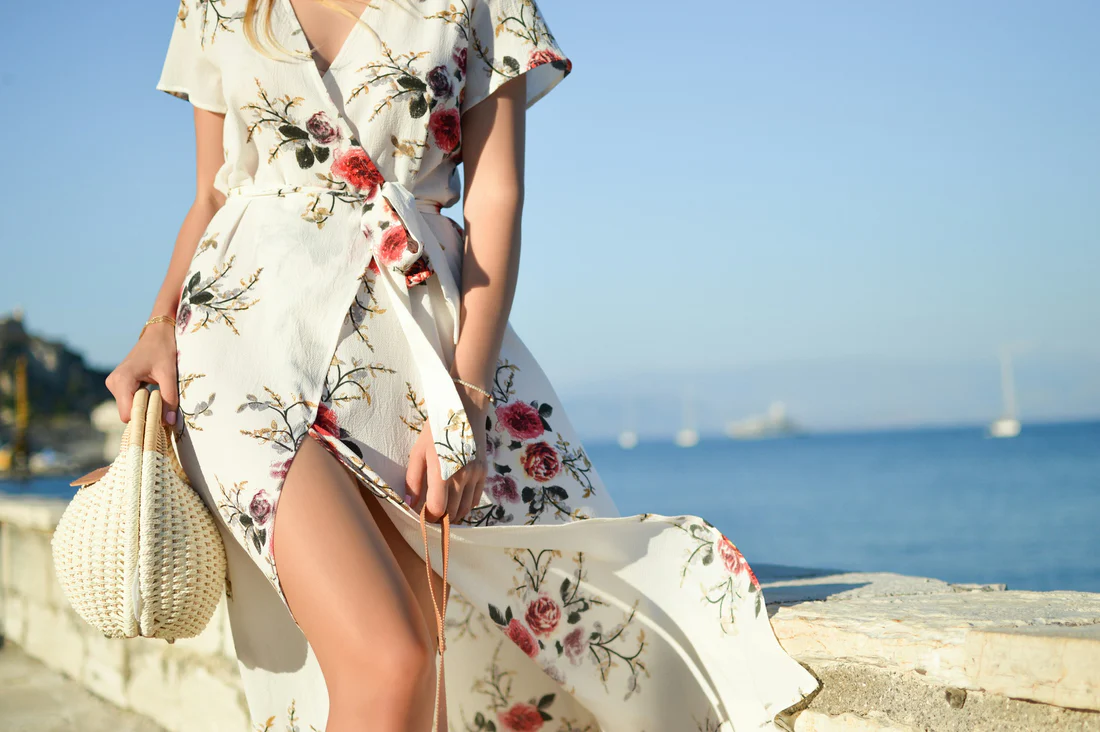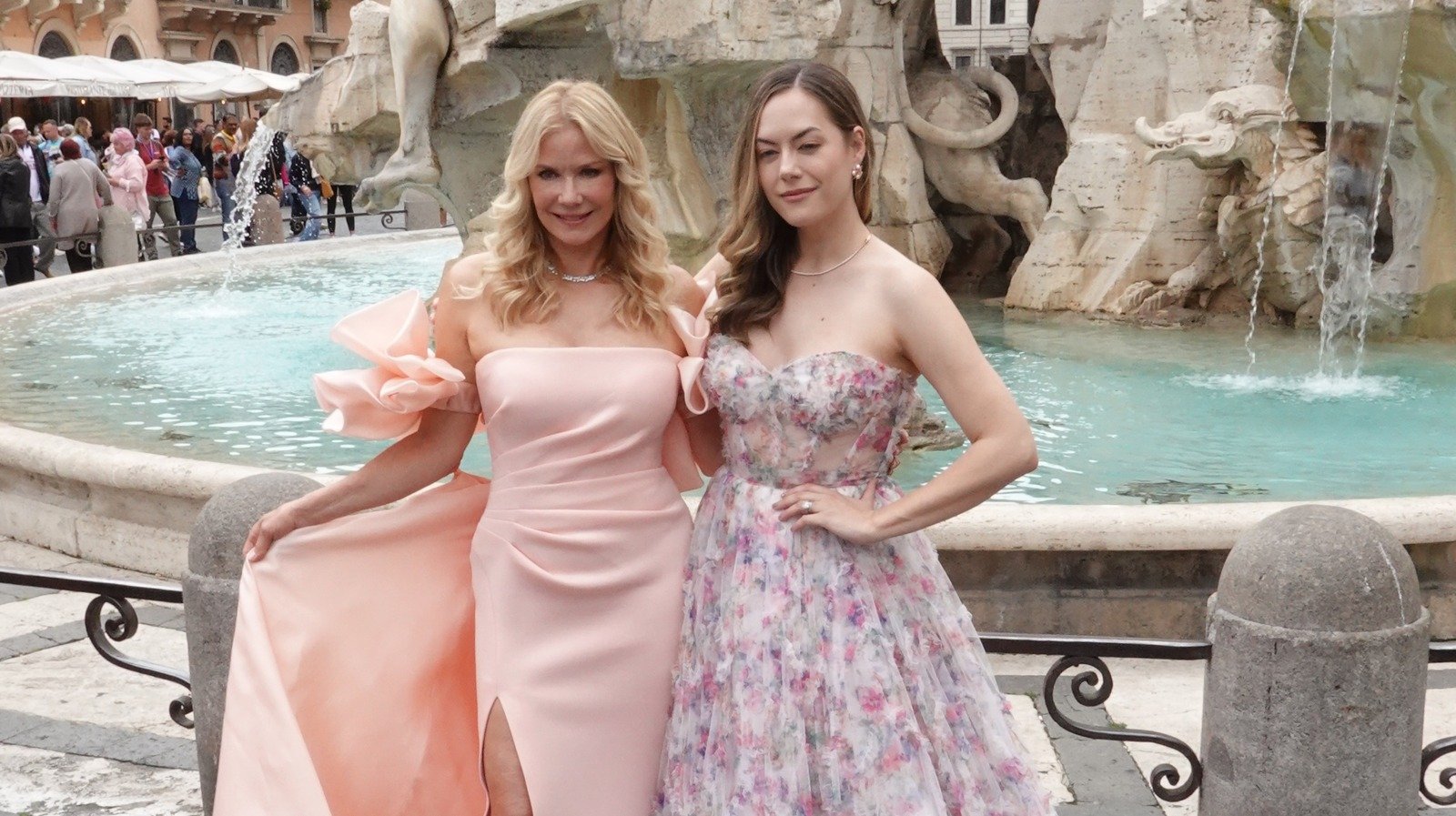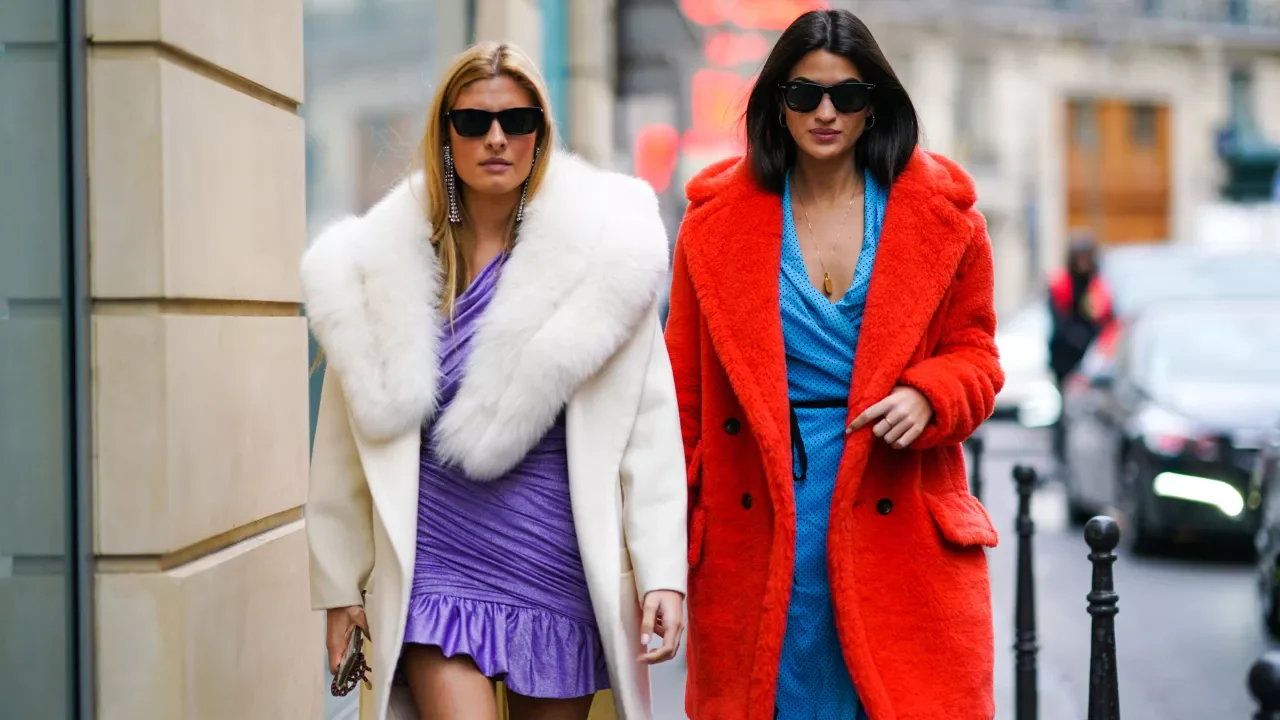For over a decade, street style stars have been the unofficial arbiters of cool, their outfits meticulously documented outside fashion week shows, from Paris to New York. These influencers, bloggers, and fashion insiders transformed sidewalks into runways, inspiring millions with bold looks that blended high fashion, vintage finds, and unexpected pairings. Their images flooded blogs, Pinterest boards, and Instagram feeds, shaping trends and redefining personal style. But as we stand in 2025, a question lingers: Do we still want to dress like street style stars? Or has the allure of their carefully curated looks faded in the face of shifting cultural values, sustainability concerns, and a desire for authenticity? This article explores the rise and potential decline of street style’s influence, examining why its grip on fashion may be loosening and what’s next for personal style.
The Rise of Street Style: A Cultural Phenomenon
Street style, as we know it, exploded in the late 2000s, fueled by the democratization of fashion through digital platforms. Photographers like Scott Schuman of The Sartorialist and Tommy Ton of Jak & Jil began capturing the eclectic outfits of fashion week attendees, from editors in tailored coats to models in avant-garde layers. These images offered a refreshing contrast to the polished editorials of glossy magazines, showcasing real people with real style.
The appeal was immediate. Street style was accessible, relatable, and endlessly inspiring. Unlike runway looks, which often felt unattainable, street style outfits seemed within reach—mixing high-street brands like Zara with designer pieces or thrift store gems. Social media, particularly Instagram, amplified this phenomenon, turning fashion insiders like Chiara Ferragni, Aimee Song, and Olivia Palermo into global style icons. By the mid-2010s, street style had become a cultural juggernaut, influencing not just what people wore but how brands designed, marketed, and sold their collections.
Street style stars were celebrated for their individuality, their ability to layer a neon tulle skirt with a structured blazer or pair chunky sneakers with a couture gown. Their looks were bold, performative, and designed to stand out in a sea of smartphones. For many, emulating these outfits became a way to tap into the glamour and creativity of the fashion world, even from afar.
The Peak of Street Style’s Influence
At its height, street style was more than a trend—it was a movement. It blurred the lines between high and low fashion, empowering everyday people to experiment with their wardrobes. Retailers like ASOS, H&M, and Mango capitalized on the trend, churning out affordable versions of street style staples: oversized blazers, statement coats, and logo-heavy accessories. Luxury brands, too, took note, with designers like Demna Gvasalia at Balenciaga drawing inspiration from the streets, creating ironic, oversized silhouettes that became street style catnip.
The economic impact was undeniable. According to a 2017 report by Business of Fashion, street style imagery drove significant traffic to e-commerce platforms, with consumers eager to buy pieces seen on their favorite influencers. Brands began inviting street style stars to sit front row at shows, recognizing their power to shape trends and drive sales. For aspiring fashion lovers, dressing like a street style star meant mastering the art of “the look”—a carefully curated ensemble that screamed confidence and originality.
But even at its peak, cracks were forming. The performative nature of street style began to feel contrived, with some stars renting designer outfits or changing multiple times a day to maximize photo ops. The authenticity that once defined street style was giving way to commercialization, as influencers partnered with brands to promote specific pieces, blurring the line between inspiration and advertisement.
Why the Allure Is Fading
In 2025, the street style phenomenon feels less like a revolution and more like a relic. Several factors have contributed to its waning influence, reflecting broader shifts in how we consume fashion and define personal style.
1. Oversaturation and Lack of Authenticity
The internet is flooded with street style imagery, much of it repetitive. What was once a fresh take on personal expression now feels formulaic: oversized sunglasses, a designer handbag, and a statement coat. The rise of influencer culture has further diluted the magic, with many street style stars prioritizing brand deals over genuine creativity. A 2024 study by Vogue Business found that 62% of Gen Z consumers distrust influencer-driven fashion content, craving authenticity over polished perfection.
The performative nature of street style also clashes with today’s cultural mood. As people prioritize comfort and practicality post-pandemic, the idea of dressing for the camera—often in impractical outfits—feels out of touch. Why wear a tulle skirt and stilettos to a coffee run when a cozy sweater and leggings suffice?
2. Sustainability Concerns
The environmental cost of fast fashion, a key enabler of street style, has come under scrutiny. Street style often relies on trend-driven pieces that cycle out quickly, encouraging overconsumption. According to the Ellen MacArthur Foundation, the fashion industry produces 100 billion garments annually, with many ending up in landfills. Consumers, particularly younger ones, are increasingly drawn to sustainable brands like Everlane, Reformation, and Patagonia, which prioritize timeless pieces over fleeting trends.
Thrifting and vintage shopping have also surged, with platforms like Depop and Vinted reporting a 30% increase in sales in 2024. These alternatives align with a desire for individuality and eco-consciousness, qualities that street style’s mass-produced looks often lack. Dressing like a street style star, with their reliance on new-season pieces, feels at odds with this shift toward mindful consumption.
3. The Rise of Personalization
Today’s fashion landscape is less about following a singular trend and more about curating a personal aesthetic. Social media platforms like TikTok have popularized micro-trends—think “cottagecore,” “gorpcore,” or “quiet luxury”—allowing people to niche down and express their identities. Street style, with its one-size-fits-all approach to “cool,” struggles to compete with this hyper-individualized approach.
Data from Pinterest shows a 40% increase in searches for “personal style inspiration” in 2024, compared to a decline in searches for “street style outfits.” People are looking inward, drawing inspiration from their lifestyles, cultural backgrounds, and values rather than mimicking a homogenous group of influencers.
4. The Casualization of Fashion
The pandemic reshaped how we dress, with comfort taking precedence over ostentation. Athleisure brands like Lululemon and Alo Yoga have seen record growth, while formalwear sales remain stagnant. Street style’s penchant for bold, structured looks—think power suits and dramatic outerwear—feels disconnected from a world where hybrid work and casual Fridays are the norm.
Even fashion weeks, the birthplace of street style, have become more relaxed. Attendees are just as likely to wear elevated basics (think white tees and tailored trousers) as they are to don head-to-toe runway looks. The pressure to “perform” for photographers has waned, as authenticity trumps spectacle.
What’s Next: Redefining Personal Style
If street style stars are losing their grip, what’s filling the void? The answer lies in a return to individuality, practicality, and meaning. Here are the key trends shaping the future of personal style:
1. Capsule Wardrobes
Minimalism is making a comeback, with capsule wardrobes gaining traction for their versatility and sustainability. A 2025 Who What Wear survey found that 55% of respondents prefer investing in 10–15 high-quality pieces over trend-driven purchases. Brands like Cuyana and Toteme, known for timeless staples, are thriving as consumers prioritize longevity over flashiness.
To build a capsule wardrobe, focus on versatile pieces: a tailored blazer, high-waisted trousers, a silk blouse, and classic sneakers. These items can be mixed and matched for endless outfits, offering the creativity of street style without the waste.
2. Cultural and Local Influences
Fashion is becoming more global and localized at the same time. Designers like Telfar Clemens and Wales Bonner draw on cultural heritage to create pieces that resonate deeply with specific communities. Meanwhile, small, independent brands on platforms like Etsy are offering handmade, region-specific designs that feel more personal than mass-produced street style looks.
3. Technology-Driven Customization
Advancements in technology are enabling hyper-personalized fashion. Brands like Unmade and Stitch Fix use AI to tailor clothing to individual preferences, from fit to color. 3D printing and made-to-order models are also reducing waste, aligning with consumer demand for sustainability. This shift empowers people to create unique looks that reflect their identities, rather than copying a street style star’s outfit.
4. Community-Driven Inspiration
Instead of looking to a handful of influencers, people are turning to their communities for style inspiration. Subreddits like r/femalefashionadvice and TikTok’s fashion subcultures foster peer-to-peer sharing, where everyday people showcase their outfits. This grassroots approach feels more authentic and relatable than the polished world of street style.
How to Define Your Style in 2025
If you’re ready to move beyond street style, here’s how to craft a personal style that’s authentic, sustainable, and timeless:
- Audit Your Wardrobe: Identify pieces you love and wear often. Donate or sell items that don’t spark joy or align with your lifestyle.
- Invest in Quality: Choose durable, versatile pieces from ethical brands. Look for natural fibers like organic cotton, linen, or wool.
- Experiment Thoughtfully: Try new silhouettes or colors, but focus on what feels true to you. Use Pinterest or mood boards to refine your aesthetic.
- Shop Secondhand: Explore thrift stores, consignment shops, or platforms like Poshmark for unique finds that won’t break the bank.
- Embrace Comfort: Prioritize pieces that feel good, whether it’s tailored joggers, a cashmere sweater, or slip-on loafers.
Final Thoughts
Street style stars once captivated us with their fearless creativity, offering a glimpse into a world of glamour and self-expression. But as our values evolve, so too does our approach to fashion. The desire for authenticity, sustainability, and personalization has outgrown the performative, trend-driven world of street style. In 2025, dressing well means dressing for yourself—curating a wardrobe that reflects your life, values, and unique perspective.
So, do we really want to dress like street style stars anymore? For many, the answer is no. Instead, we’re embracing a new era of style—one that’s less about standing out and more about feeling at home in our own skin. What does your personal style say about you?





Leave a Reply